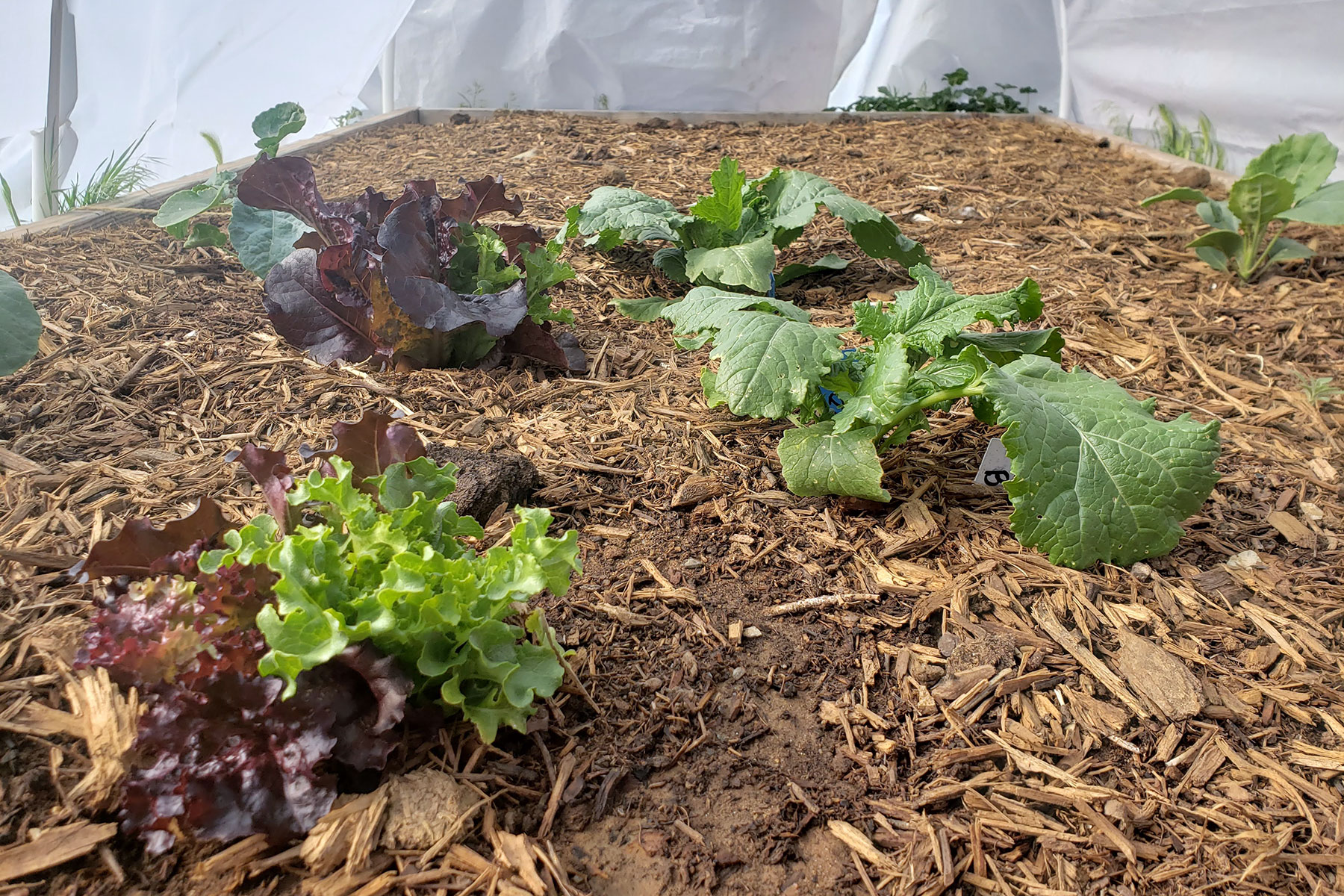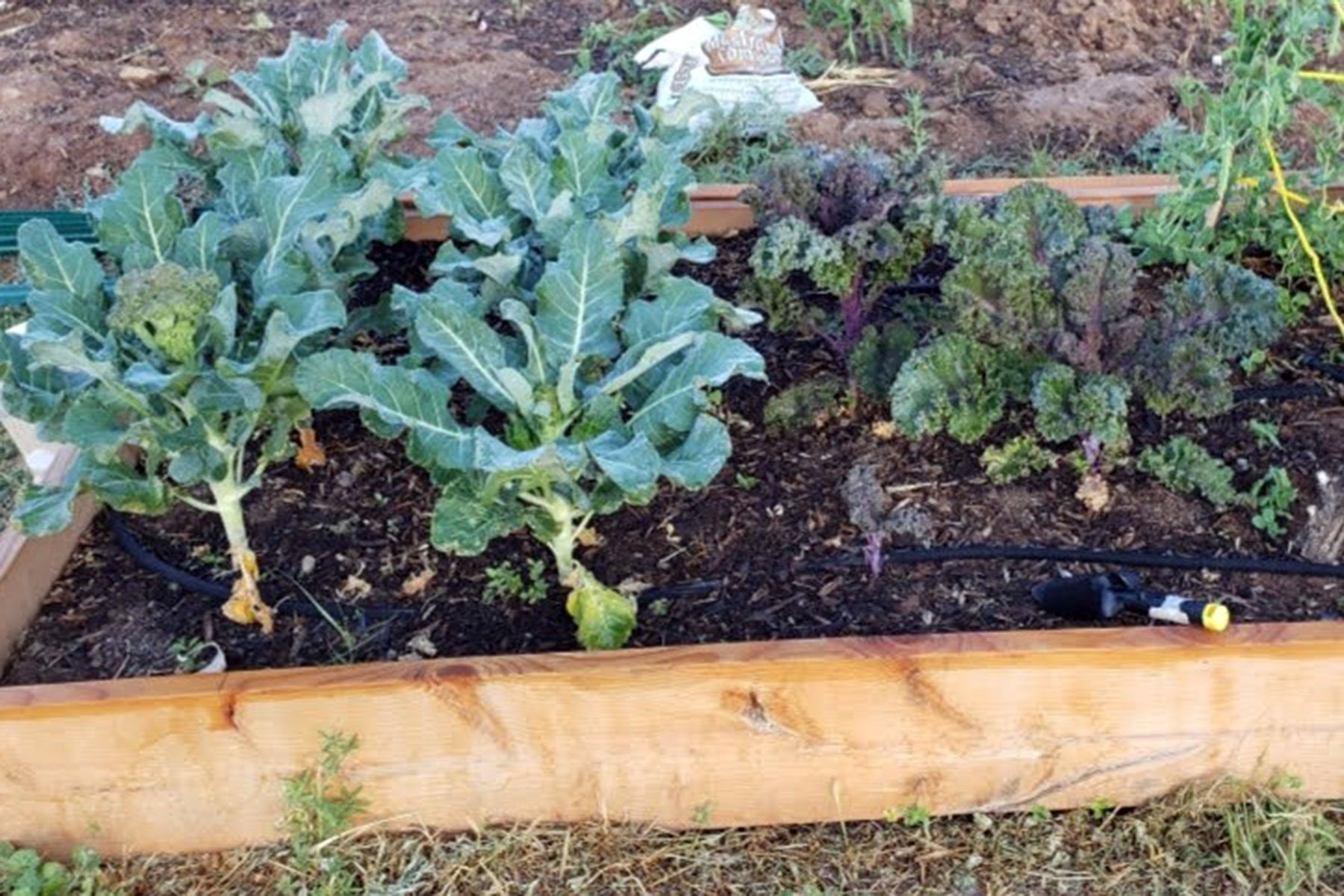Spring is almost upon us and gardening our own vegetables is just around the corner! During the month of March, you may have a noticed a change in the weather. The nights are not as frosty, and the days are just a little warmer. I love this time of year because the gardening season feels full of promise and I can start digging around in the dirt.
This month, I am starting a few cold-weather plants to see how they do. Cold-weather plants are plants that usually do a little better in the cold spring and fall, instead of the hot summer. They prefer the cool and moist periods of this time. While they may not survive a hard freeze such as the high teens and low 20’s, they can get through and thrive in temperatures in the 40’s and 50’s. Our area is a little trickier because of our cold nights and hot days during the spring, but with a little love we can make it work.
There are many types of cold weather plants that will provide you with some tasty veggies. The three main cold-weather plants are the root vegetable family, the cruciferous family, and the leafy greens. The root vegetables include beets, carrots, radish and turnips. The cruciferous family includes broccoli, cabbage, kale, and kohlrabi. Finally, the leafy greens include vegetables such as spinach and lettuce. Many of these vegetables take about 30 to 60 days from seed to harvest, depending on growing conditions and variety.
Cold weather vegetables also are ok with being planted in partial shade. In fact, during the summer when it’s hot, I like to plant some cool weather vegetables in a shaded area. This way, I’m creating a microclimate for the plant so it will thrive. They do need some sun, about four hours a day, but they are a little more forgiving if you have them in a shaded part of the garden.
When you are planting cold-weather vegetables, make sure the soil has plenty of organic matter worked into it. Organic matter is any material that was once living, usually plants. Organic matter decomposes and feeds nutrients back into the soil so that your vegetable can take it back up into the roots. This includes aged manure, compost, worm castings, and old leaves. This helps feed the soil and helps your veggies thrive.
Cold weather vegetables offer a wide variety of vegetables you can grow in the early spring. Try it out this spring and you’ll be snacking on fresh produce as early as May or June.




